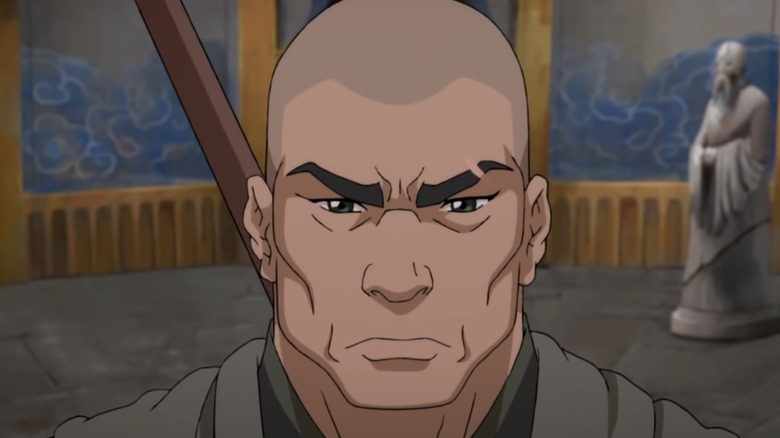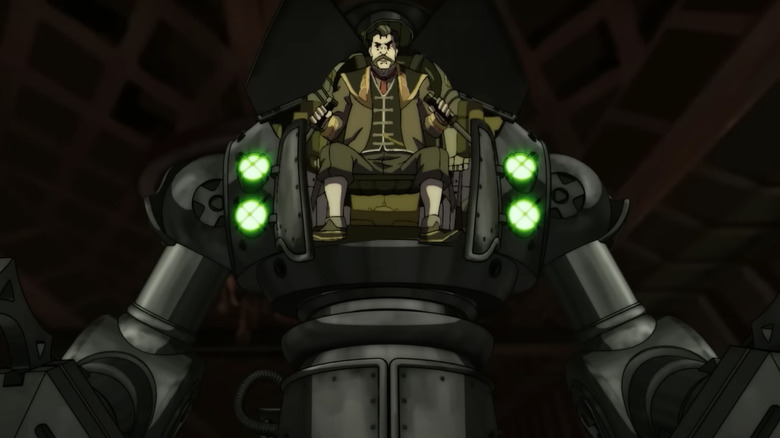Why The Villains From Avatar: The Legend Of Korra Actually Had A Point
"Avatar: The Last Airbender" captivated a global audience with a wildly imaginative and thought provoking animated adventure produced by Nickelodeon Studios. This unique series elevates the animation genre from mere entertaining children's cartoons to stunning art sequences with powerful storytelling. Created by Michael Dante DiMartino and Bryan Konietzko, "Avatar: The Last Airbender" also introduces young viewers to dark themes like political corruption, child abuse, and even genocide.
These elements are highlighted further in the successful spin-off series "The Legend of Korra" starring Janet Varney as the titular Avatar. The headstrong and rebellious young Bender is extremely different than her calm and spiritual predecessor Aang (voiced by Zachary Tyler Eisen). Korra is also far more eager to help the community and fulfill her destiny as the Avatar where Aang is reluctant because of the Fire Nation's horrifying genocide. These differences tier up the overarching theme of inequality in both series seen especially whenever Benders and non-Benders collide.
"Avatar: The Last Airbender" focuses on this tension repeatedly through the boomerang wielding Sokka (Jack De Sena) and his waterbending sister Katara (Mae Whitman). Sokka often gets frustrated that Katara has abilities he doesn't which can sometimes turn into resentment. This negative reaction to the mystical bending abilities is explored even further through the fearsome villains in "The Legend of Korra" and their surprisingly sensible motivations.
The villains challenge the hierarchy of Benders and non-Benders
"The Legend of Korra" explores four main villains in the series run who impose their world view over various nations in the Avatar universe. They all have a common driving force that unites them against Avatar Korra in their perception of a deeply unfair world where Benders oppress non-Benders with their magical abilities to control the elements. This idea is deeply explored on the unconventional podcast "The Villain Was Right."
The insightful hosts note that the theme of inequality is emphasized from the start of the series in Season 1 with Korra's very first entry into the industrialized Republic City. Korra stops three dangerous benders from robbing a helpless non-bending shopkeeper while simultaneously causing even more damage. The terror that Benders wreak over the city also created one of the most understandable villains Hiroshi Sato (Daniel Dae Kim).
The podcast makes the perceptive observation that "This is happening everywhere and this is not an uncommon thing. In fact, that's how Hiroshi's wife dies." They continue their analysis to find that this larger problem within the community is actually caused by a greater misrepresentation in that "All of their government is benders." The hosts also point out that the city committee and police force is comprised entirely of benders who utilize their gifts to enforce the law. This original sin keeps the cycle of oppression alive until the very end of the series where the underrepresentation of benders is finally corrected.

